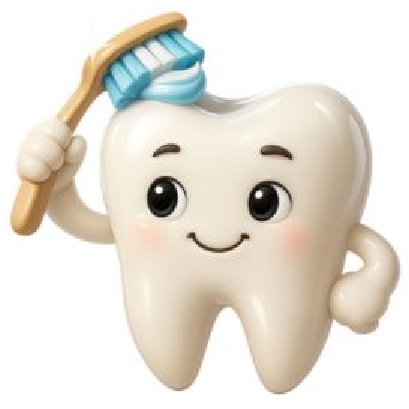When it comes to cleaning between your teeth, most people think of string floss. But in recent years, water flossers have become an increasingly popular alternative. There’s the tried and tested dental floss, or the new school stream of pressurised water? So, string flossing vs water flossing, which one is better for your gums?
Why Cleaning Between Teeth Matters
Flossing isn’t just about removing bits of food. It’s about breaking up plaque and bacteria that build up between the teeth and along the gum line, places your toothbrush often misses. If left unchecked, this build up can lead to gum disease, tooth decay, and bad breath. Plaque also has an uncanny habit of converting itself into tartar, which, apart from some dodgy tartar removers that don’t really work, means a trip to the hygienist
Traditional String Floss: The Classic Choice

String floss is effective when used correctly. It allows you to physically scrape plaque from the sides of your teeth and under the gumline. It is a very effective way of removing a build up unwanted bacteria before gum desease sets in,
Pros of Traditional Flossing
- Inexpensive and widely available
- Gives a tactile clean — you can feel when you’ve removed plaque
- No batteries or charging required
Cons of Traditional Flossing
- Can be tricky for people with arthritis, mobility issues, or crowded teeth
- May cause bleeding or irritation if used improperly
- Often skipped due to time or effort
Water Flossers: A Modern Gum-Friendly Alternative

Water Flossers (also called Oral Irrigators) use a thin, pressurised stream of water to blast away food particles and plaque. They’re particularly helpful for people with sensitive gums or dental work like bridges or braces, and also for people with hand mobility issues such as Arthritis.
Pros of Water Flossers
- Gentler on sensitive gums
- Great for people with braces, implants, or crowns
- Easy to use — especially for those with dexterity issues
- Can reduce bleeding in people with early gum disease
Cons of Water Flossers
- More expensive than string floss
- Takes up counter space and requires power/water
- Not as good at physically scraping plaque
What Do Dentists Recommend?
Most dentists still recommend string floss as the gold standard — but they all agree that the best tool is the one you’ll actually use. If you hate string flossing and never do it, a water flosser is far better than nothing at all. In fact, many dental professionals suggest using both: traditional floss to remove sticky plaque where it’s forming, and a water flosser to flush away any debris. Follow for additional flossing techniques
Which One Is Best for You?
If your gums are sensitive or bleed easily, a water flosser might be more comfortable. If you’re good with your hands and want a more thorough clean, traditional floss might suit you better. The best option is the one that fits your routine and encourages consistent use.
Combining Both for Best Results
You don’t have to choose just one. Some people use a water flosser daily and traditional floss a few times a week. That hybrid approach gives you the cleaning power of both, without having to fully commit to either. Spend a little time perfecting a routine that suits your needs
Frequently Asked Questions
Q: Do I still need to floss if I use a water flosser?
A: Dentists often recommend using both — string floss for plaque removal and water flossers to blast out any debris
Q: Which is better for sensitive gums?
A: Water flossers are typically gentler and may reduce bleeding in people with mild gum disease.
Q: Can water flossers replace traditional floss?
A: They’re a good alternative, especially if you struggle with regular floss — but not quite as effective for scraping off plaque.
Q: How often should I floss my teeth?
A: At least once a day, whether you use string floss, a water flosser, or both.

